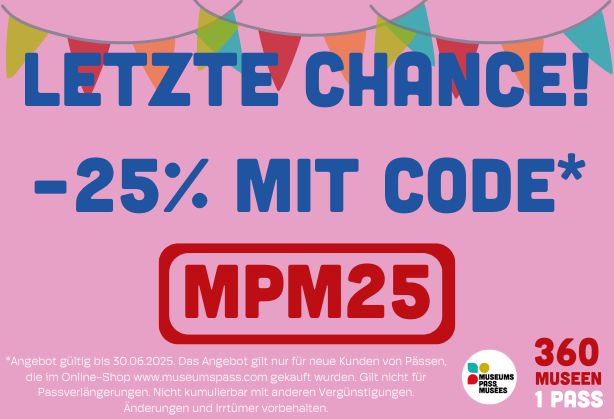Surgical procedures on the human skull are part of everyday medical practice today. But even in prehistoric times, traces of operations on the skull, known as trepanations, can be found worldwide. What is surprising from today's perspective is the high survival rate of such practices, especially in the Neolithic period in Europe. Several examples of trepanation can also be found in Baden-Württemberg. However, it is questionable why the procedure was carried out. Was there a medical necessity or were there other reasons for carrying out these risky practices? Dr. Michael Francken (State Office for the Preservation of Monuments, Anthropology) will address these questions in his lecture.
The lecture is part of this year's series of events on archaeology in cooperation with the Central Archives of the Baden-Württemberg State Archaeological Museum and the Rastatt City Museum.
Attendance is free of charge and registration is not necessary. The lecture will take place in the Central Archives of the Archaeological State Museum of Baden-Württemberg (Lützowerstr. 10, access via Militärstr./Leopoldplatz).
The lecture is part of this year's series of events on archaeology in cooperation with the Central Archives of the Baden-Württemberg State Archaeological Museum and the Rastatt City Museum.
Attendance is free of charge and registration is not necessary. The lecture will take place in the Central Archives of the Archaeological State Museum of Baden-Württemberg (Lützowerstr. 10, access via Militärstr./Leopoldplatz).
This text was translated by an AI.

